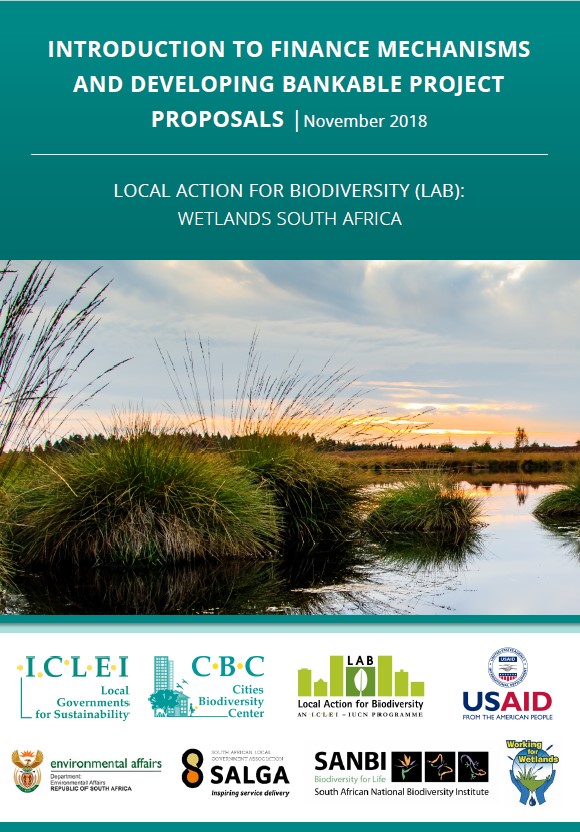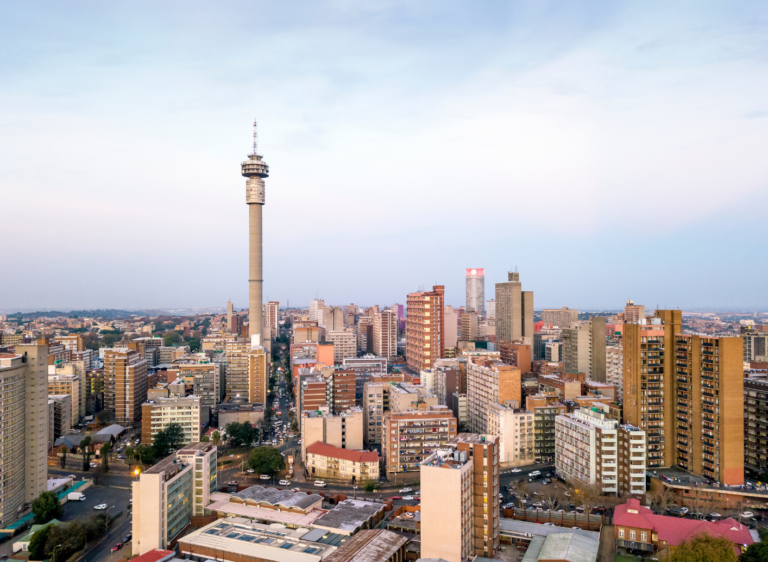Introduction to finance mechanisms and developing bankable project proposals




Download:
Related ICLEI Pathway(s)
About
Resource summary
The global urban population has grown rapidly from 746 million in 1950 to 3.9 billion in 2014, and is expected to surpass six billion by 20451. By 2050, 70% of the global population will live and work in cities. This rapid urban growth places considerable pressure on city resources, particularly the natural resources that are vital to sustaining local economies, community health and well-being, food security and urban infrastructure. The 2018 World Economic Forum Global Risks Report has identified biodiversity loss and ecosystems collapse as being one of the top ten risks in terms of impact. By 2020, the end of the current United Nations Decade on Biodiversity, the world’s biodiversity is set to have declined by two-thirds, an unprecedented rate of destruction that jeopardises not only the amazing variety of life on Earth, but the prospects for human development and well-being.
At the Intergovernmental Science-Policy Platform on Biodiversity and Ecosystem Services (IPBES) 6th Plenary Meeting held in Colombia in March 2018, the threats to biodiversity were highlighted, with the meeting concluding that the destruction of nature is as dangerous as climate change. In its regional assessment on Africa, IPBES points out that the decline and loss of biodiversity is reducing nature’s contributions to people in Africa, affecting daily lives and hampering the sustainable social and economic development targeted by African countries. Urban communities and cites exist at the forefront of this impact and are faced with having to deal with the resultant economic, developmental, health and social challenges on a daily basis.
Rapid urbanisation also places a burden on city’s financial resources and ability to maintain existing infrastructure as well as build new infrastructure required to support the burgeoning urban populations and local economies. For example, 60 percent of the area projected to be urban by 2050 has yet to be built, more than doubling the current infrastructure.
Read more by downloading the report.
Related resources

City of Johannesburg Goods and Services Assessment

Nature-Based Solutions for African Cities: The Human Rights-Based Approach



